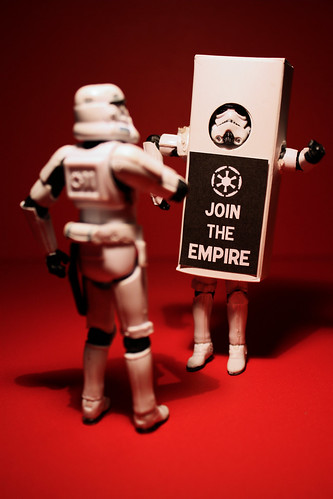When IBM’s Center for Business Value released its 2011 report into the relationship between social media, marketing and brands, it revealed a “perception gap”. On the one hand, marketers had an understanding that their connected consumers “wanted” or even “expected” a certain style of interaction through social media. And on the other hand, there was the hard reality of what those customers actually wanted. The gap between the two was the distance between two competing realities.
But is anyone listening?
In reality, we are not really dealing with a gap. It could be better described as a “mismatch” – after all, a “gap” would indicate some alignment. But the problem for brands is that the distance between the two sets of expectations is growing. We are now dealing with a widening chasm in the world of customer experience.
Two years after IBM’s original report, even a casual investigation of most branded social media would indicate that the chasm is becoming more pronounced as brands continue to shift their marketing spend and resources into digital and social media (Gartner’s US Digital Marketing Spending Report indicates that 25% of the marketing budget is now devoted to digital).
But when it comes to business effectiveness, more budget is not necessarily always the answer (though there would be few marketers who would refuse an increase, I am sure). To bridge the social chasm, business must begin to re-think, re-action and re-calibrate their organisational approach to social:
- Re-think: Start with what you know. Create a new social baseline and audit all your activity for assessment. Real time analytics and dashboards such as those from Anametrix can provide the kinds of decision-ready data that is essential to informed decision-making
- Re-calibrate: If you have started a social business program in the last two years, it’s now worthwhile assessing its impact. Have you achieved the original milestones? Has the program had the kind of impact that you expected? Take a look at R “Ray” Wang’s 50 use cases that help demystify social business and think through the business processes and workflows that are business critical. Are your social programs impacting business results? If not, it may be time to recalibrate.
- Re-action: This is no time for social business fatigue. No one ever said that change was easy. And equally, no business achieved competitive advantage by being complacent. It’s time to re-action the business programs that are core to your strategy.
What’s your experience?
Interestingly, this recent workplace research study by Microsoft revealed that there is also a chasm between business management and the workforce. Teams not only expect or demand more collaboration – about 17% of people are actively ignoring IT policy and installing social tools independently. This is delivering some value to the business – with 60 percent of participants in the Microsoft study indicating that their use of social tools has increased productivity – but this would be a far cry from the billions of locked-in value that McKinsey Global Institute’s 2012 study revealed.
If businesses can’t work to unlock the value in the low hanging opportunities within their own business, how long will customers have to wait?
It seems like there are whole industries on the brink of disruption. Social may not be the driving force, but it could be the trigger.
Microsoft Social Tools in the Workplace Research Study by Mark Fidelman






